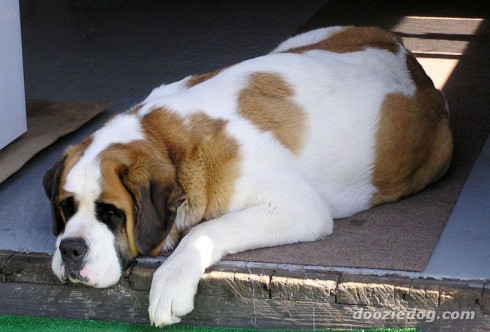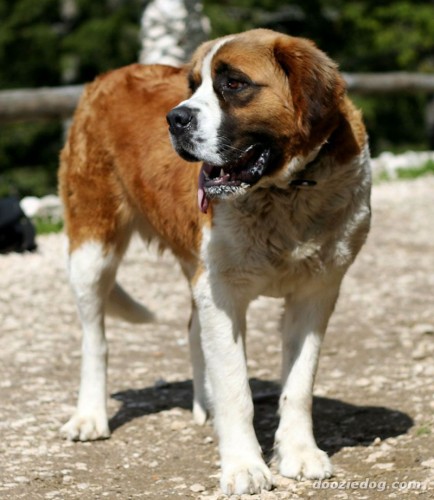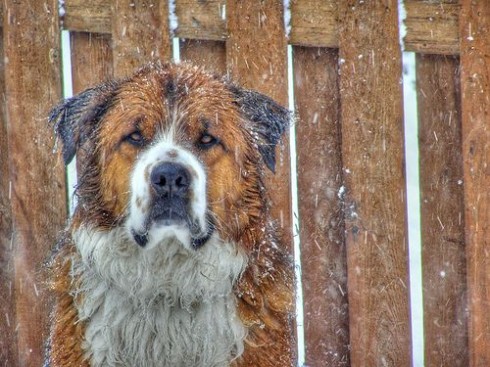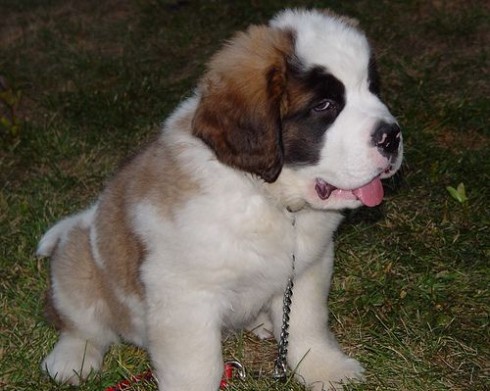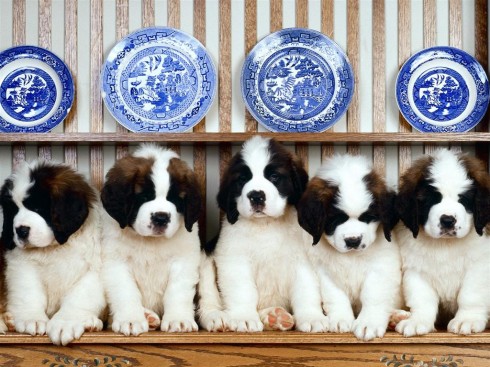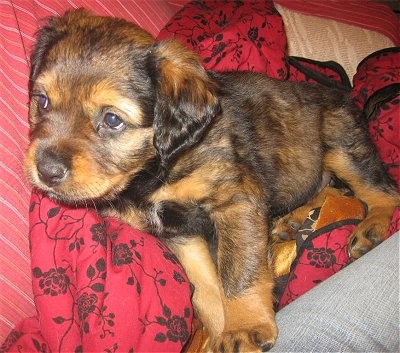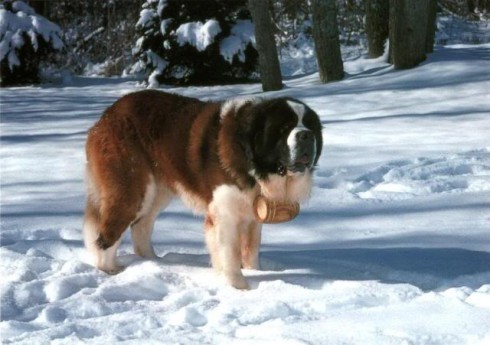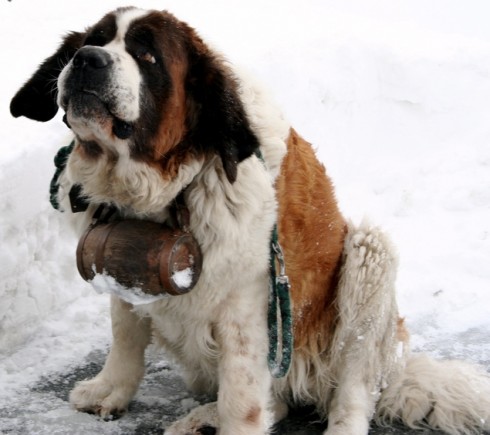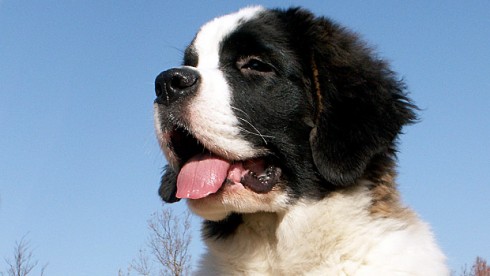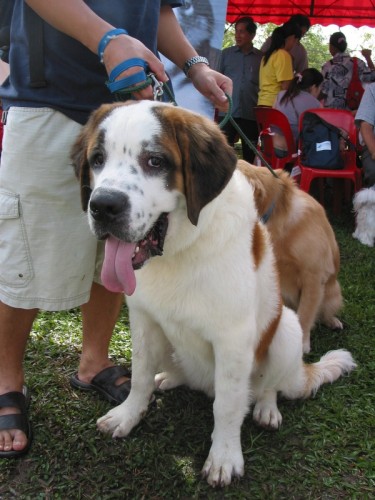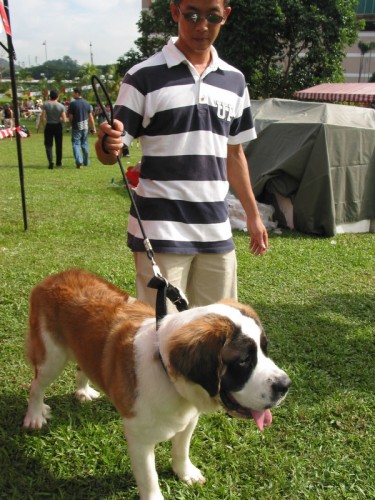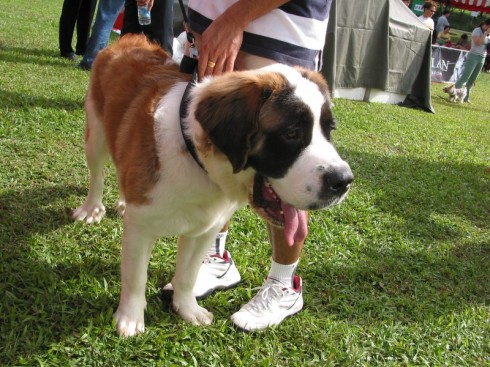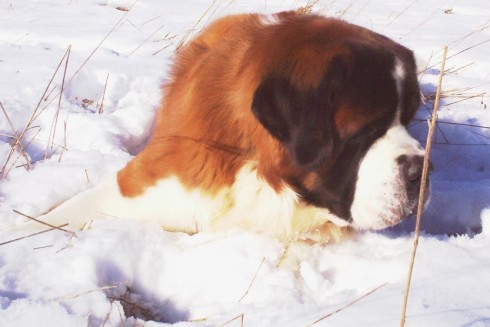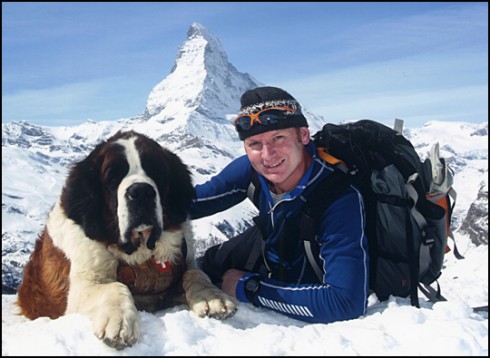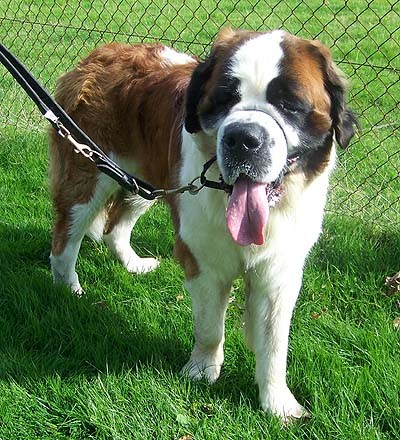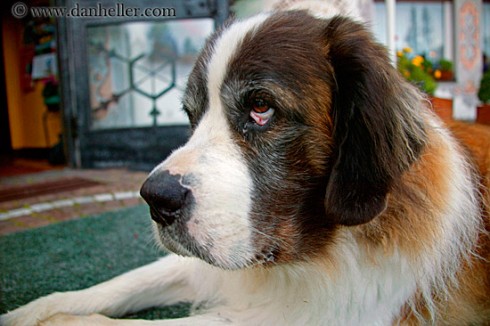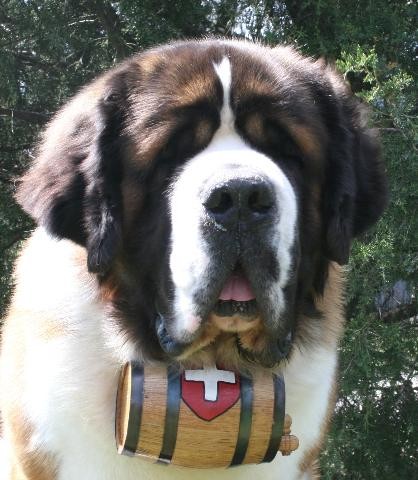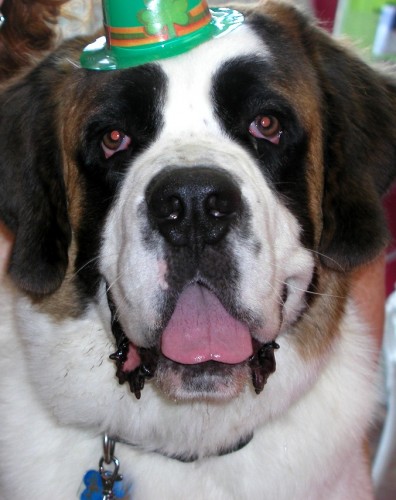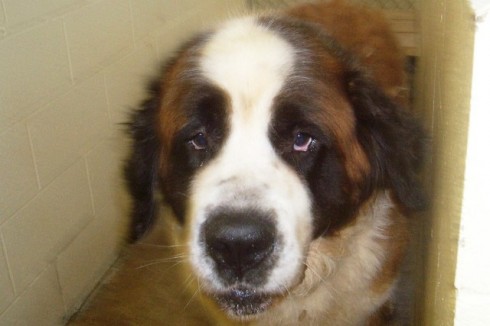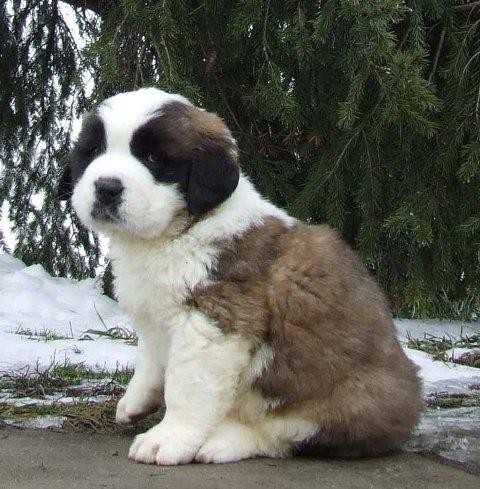Main Index
In Store
Our Web Store
Miniature Schnauzer Picture Gallery
Latest Dog Blogs
- What Are The Basic Commands To Train A Dog?
- PaySafe As The Most Popular Type Of Deposit
- Everything You Need To Know About Pet Sales
- Dogs Contribute To Our Physical And Mental Well Being
- How To Choose Where To Bet On Greyhounds In 2022
- Volunteer With Animals - How To Help Dogs Around The World
- Basic Understanding Of The House Edge
- Why You Should Get A Dog
- Top 20 Popular Dog Names Around The World
- Constipation in Dogs and How to Find Solutions
St Bernard
The Full St Bernard Description
For hundreds of years, Saint Bernards have been renowned for their bravery in rescue work, saving thousands of lives in the treacherous mountains of the Alps between Switzerland and Italy. At the same time, Saint Bernards have been just as well known for their big, loving personalities.
Did you know?
The origin of the Saint Bernard is subject to many theories. It seems most probable that the Saint Bernard developed from stock that resulted from the breeding of heavy Asian "Molosser" (Canis molossus), brought to Helvetia (Switzerland) by Roman armies during the first two centuries A.D., with native dogs which undoubtedly existed in the region at the time of the Roman invasions.
These dogs were widely used in the valley farms and Alpine dairies for a variety of guarding, herding, and drafting duties. Referred to as Talhund (Valley Dog) or Bauernhund (Farm Dog), they were apparently well established by A.D. 1050, when Archdeacon Bernard de Menthon founded the famous Hospice in the Swiss Alps as a refuge for travelers crossing the treacherous passes between Switzerland and Italy.
So you want to own a Saint Bernard?
The Saint Bernard is a hard worker known for his loyalty and dedication.
The Saint Bernard loves children, but be careful the dogs great size could lead to an unintentional accident when playing.
Saint Bernards need lots of room and exercise, if you have the space and have the time to exercise your dog Saint Bernards make good house dogs and companions.
Indicative Breed Standard
General Appearance
Well proportioned and of great substance.
Characteristics
Distinctly marked, large-sized, mountain-rescue dog.
Temperament
Steady, kindly, intelligent, courageous, trustworthy and benevolent.
Head and Skull
Large, massive, circumference of skull being rather more than double its length. Muzzle short, full in front of eye and square at nose end. Cheeks flat, great depth from eye to lower jaw. Lips deep but not too pendulous. From nose to stop perfectly straight and broad. Stop somewhat abrupt and well defined. Skull broad, slightly rounded at top, with fairly prominent brow. Nose large and black with well developed nostrils.
Eyes
Of medium size, neither deep set nor prominent, eyelids should be reasonably tight, without any excessive haw. Dark in colour and not staring. There should be no excessive loose wrinkle on brow which would detract from a healthy eye.
Ears
Medium size, lying close to cheeks, not heavily feathered.
Mouth
Jaws strong with a perfect, regular and complete scissor bite, i.e. upper teeth closely overlapping lower teeth and set square to the jaws.
Neck
Long, thick, muscular, slightly arched, dewlap well developed.
Forequarters
Shoulders broad and sloping, well up at withers. Legs straight, strong in bone, of good length.
Body
Back broad, straight, ribs well rounded. Loin wide, very muscular. Chest wide and deep, but never projecting below elbows.
Hindquarters
Legs heavy in bone, hocks well bent, thighs very muscular.
Feet
Large, compact with well arched toes. Dewclaws removed.
Tail
Set on rather high, long, carried low when in repose, when excited or in motion should not curl over back.
Gait/Movement
Easy extension, unhurried or smooth, capable of covering difficult terrain.
Coat
Roughs: dense and flat, rather fuller round neck, thighs and tail well feathered. Smooths: close and hound-like, slight feathering on thighs and tail. Colour Orange, mahogany-brindle, red-brindle, white with patches on body of any of the above named colours. Markings as follows: White muzzle, white blaze on face, white collar, white chest, white forelegs, feet and end of tail, black shadings on face and ears.
Size
Taller the better, provided symmetry is maintained.
About Our Article Directory
- Article
- 27 November 2010
- 2 comments
Canis lupus familiaris
- Breed Article
- 29 May 2010
- No comments
Dog Tricks: Understanding Your Dog's Capabilities Before You
- Article
- 15 February 2010
- No comments
Quick Search
Donate
Latest Dog Pods
- Tips on How to Stop Your Dog from Biting
- Beware - Not All Advertised Dog Rescues Really Are! How Can You Know The Truth?
- Helpful Tips For Dog Obedience Problems
- How to Keep Dogs From Eating Poop
- Dog Grooming Tips - A General Overview of the Very Basics of Dog Grooming
- Recognising Different Types of Dog Obedience Problems
- 5 Important Tips On Feeding A Puppy


